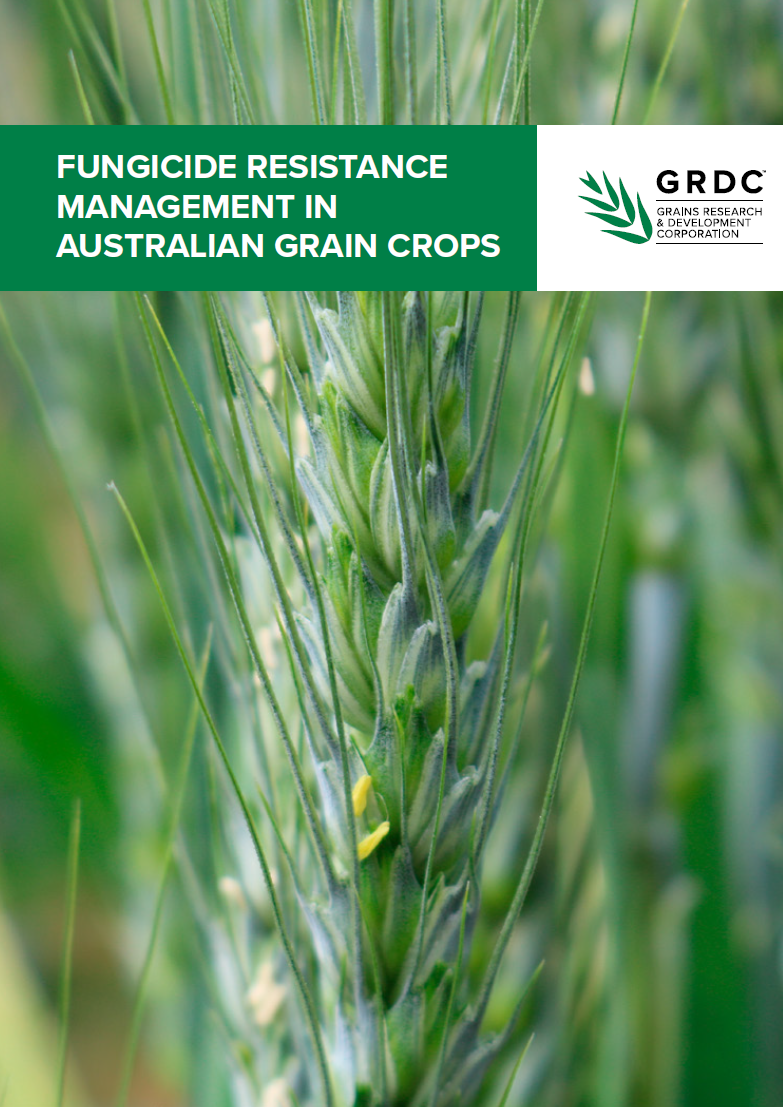CUR00023 - CCDM - Centre for Crop and Disease management
Investment
GRDC Code: CUR1403-002BLX
CUR00023 - CCDM - Centre for Crop and Disease management
The CCDM is a strategic partnership between GRDC and Curtin University that was established as a national centre to address this increasing fungal pathogen impact. CCDM focuses upon capacity building, research activity and industry development to minimise the impact of foliar pathogens (other than rust) and fungicide resistance. The nature of CCDM and its research co-investment allows multidisciplinary teams to tackle major fungal pathogens of cereals, pulses and canola from several different directions. For each pathosystem the research focuses on understanding the pathogen through its genomics and population structure, examining host and pathogen interactions, developing new forms of host resistance and breeding tools, and by investing in optimising the use of fungicides and other control measures.
Specific project details can be found at https://www.ccdm.com.au/
Specific project details can be found at https://www.ccdm.com.au/
- Project start date:
- 31/03/2014
- Project end date:
- 30/06/2027
- Crop type:
-
- Barley, (Cereal)
- Wheat, (Cereal)
- Chickpeas, (Legume)
- Lentils, (Legume)
- Canola/Rapeseed, (Oilseed)
- Organisation
- Curtin University
- Region:
- North, South, West
- Project status
-
Active
GRDC News
Update papers
- 23 Feb 2025, New breeding lines and field screening methods for developing sclerotinia stem rot resistant canola cultivars - GRDC
- 23 Feb 2025, Geospatial mapping of resistance to fungicides; informing disease management practice - GRDC
- 10 Feb 2025, NSW fungicide resistance update - status of cereal pathogens - GRDC
- 17 Jul 2024, Fungicide resistance update – Southern region - GRDC
- 05 Feb 2024, Emerging strategies for managing pulse foliar disease - GRDC
- 06 Feb 2023, Fungicide resistance in wheat powdery mildew - GRDC
- 06 Feb 2023, 2022 Pulse disease wrap up - GRDC
- 13 Jul 2022, Cereal disease update 2022: Septoria of wheat, net blotch of barley and fungicide resistance - GRDC
- 21 Feb 2022, Field profiling for net blotch fungicide resistance in the low-medium rainfall zone - GRDC
- 21 Feb 2022, Cereal disease update 2022 - GRDC
- 16 Feb 2022, Fungicide resistance update - national situation and issues for the northern grains region - GRDC
Resources

Fungicide resistance management in Australian grain crops - GRDC
21 Apr 2021
The Australian Fungicide Resistance Extension Network (AFREN) is a collaborative network of Australian grains industry stakeholders with an interest in, and responsibility for, the development and delivery of integrated and regionally specific

Spot Form Net Blotch Factsheet - GRDC
31 Jan 2020
Spot form net blotch (SFNB) is the most common foliar disease of barley in Australia.
External resources

Centre for Crop and Disease Management
Centre for Crop and Disease Management (CCDM) is a co-investment by GRDC and Curtin University, the research is providing farmers with long term solutions for managing crops and major pathogens.
